On the 8th local time, tensions and unrest in Los Angeles entered their third day following a federal immigration raid targeting undocumented immigrants. According to a New York Times report on the 9th, over 150 people have been arrested in Los Angeles since last Friday. On the 8th, 300 members of the U.S. National Guard were deployed to the area. A day earlier, President Trump signed a presidential memorandum announcing the deployment of 2,000 National Guard troops to the region.
Legal experts note that this marks the first time since 1965 that a president has mobilized state National Guard forces without a request from the governor. On the 8th, California Governor Gavin Newsom, a Democrat, announced plans to sue the federal government, calling the deployment a deliberate attempt to “incite chaos and violence.” In contrast, White House Press Secretary Levitt accused Newsom in a post on the 9th of being “weak” and “doing nothing” during the days of unrest.
The political battle between Democrats and Republicans has intensified around the riots. The Washington Post wrote that the deployment signals a more turbulent phase in the federal government’s crackdown on illegal immigration and its fraught relationship with local authorities. As HK01 noted on the 9th, the riots in Los Angeles are not simply a dispute over law enforcement—they are a flashpoint for deeper divisions within American society.
Multiple Foreign Journalists Hit
According to the Associated Press and CNN, tensions escalated in Los Angeles on the 8th as thousands of protesters took to the streets to oppose the federal government’s deployment of the National Guard. Demonstrators blocked a highway, set fire to at least two self-driving vehicles, and hurled bricks, stones, and scooters at police. Law enforcement responded with tear gas, rubber bullets, and flashbang grenades to disperse the crowd. Some officers patrolled on horseback, while others, fully armed, marched in formation behind National Guard troops.
On the 8th, a Chinese journalist covering the protests in Los Angeles was struck in the arm by a tear gas canister. According to the BBC, a British photojournalist was shot in the thigh with a non-lethal round and rushed to the hospital for emergency surgery. An Australian reporter from Channel Nine was also hit by a non-lethal round during a live broadcast from the scene.
Al Jazeera reported that the 8th marked the third consecutive day of protests in Los Angeles. As night fell, the LAPD and California Highway Patrol maintained a heavy presence, attempting to shut down demonstrations while helicopters circled overhead. CNN described continuous clashes throughout the day between protesters and law enforcement, with some confrontations turning violent. Police declared all gatherings in downtown Los Angeles illegal, paving the way for mass arrests.
According to The New York Times on the 9th, by midnight the streets of downtown L.A. bore the scars of the day’s chaos: burned-out cars, smashed barricades, broken water bottles, toppled traffic cones, and graffiti on government buildings. Since last Friday, more than 150 people have been arrested in Los Angeles, with around 60 others detained on the 8th in San Francisco. CNN reported that hundreds of protesters gathered outside the San Francisco office of U.S. Immigration and Customs Enforcement (ICE). What began as a peaceful demonstration later escalated into tense standoffs.
Protests Deepen Partisan Divide
On the 7th, President Trump announced the deployment of 2,000 National Guard troops to the Los Angeles area. On the 8th, 300 were deployed to three locations, according to CNN. That same day, Trump labeled the protests “riots,” stating, “We will send troops wherever necessary,” and vowing that “those committing violence will not get away with it.” A statement released by U.S. Northern Command that evening confirmed that 500 Marines stationed south of Los Angeles were on standby.
International media described the White House’s action as deploying the National Guard to L.A. “against the will of California’s governor.” Experts noted this is the first time in 60 years a U.S. president has activated state National Guard troops without a governor’s request. CNN also reported that the last time the National Guard was federally deployed was in 1992. Al Jazeera quoted American attorney Christopher as saying the deployment was an effort by Trump to “project strength as much as possible.”
According to The New York Times and Deutsche Welle, the National Guard is the only U.S. military force that can be deployed by both the president and state governors. In practice, governors “almost always” control the deployment within their own states. The National Guard serves a broad range of functions and is frequently mobilized for disaster relief—such as in wildfires and hurricanes—as well as for maintaining domestic security.
As reported by USA Today and The Washington Post, on the 8th, Governor Gavin Newsom announced that he would file a lawsuit against the federal government over the National Guard deployment, accusing the president of “pouring fuel on the fire.” Newsom stated that Los Angeles County had sufficient law enforcement resources to maintain order and claimed the federal move was an attempt to create a political “spectacle.” According to the Los Angeles Times, Newsom’s office sent a formal letter to the Trump administration on the 8th, demanding the withdrawal of National Guard troops. The Daily Beast reported that Newsom revealed he had a nearly 20-minute phone call with Trump early on the 7th, during which the president “never once mentioned the National Guard.”
The Washington Post noted that Los Angeles Mayor Karen Bass said the deployment appeared to be a deliberate attempt to “sow chaos in our city,” describing recent events as a low point in the relationship between L.A. and the federal government.
NBC reported on the 9th that partisan divisions over the protests were stark. Democrats opposed the White House response, calling it inflammatory and reckless. On the Republican side, House Speaker Johnson, responding to Defense Secretary Hegseth’s proposal to deploy Marines, emphasized the importance of “peace through strength.” In a media interview, he rejected the notion that this was heavy-handed, calling it a “critical signal.” Republican Senator Marlin remarked, “I don’t understand why a governor would try to shield illegal activity in their state.” According to the BBC, White House Press Secretary Levitt said on the 9th that Newsom had done “nothing” to curb the protests and was “failing to protect” Los Angeles.
The New York Times observed that while other California officials urged protesters to remain peaceful, LAPD Chief McDonnell warned that street clashes were “growing more intense and more violent.” He attributed the unrest to “the same people who always do this,” distancing the violence from those protesting the immigration raids. The paper noted that McDonnell’s tone stood in contrast to that of other state officials.
Los Angeles Is Just One Flashpoint in a Larger Crisis
The New York Times noted that for much of this year, Governor Gavin Newsom had sought a conciliatory rather than confrontational approach in dealing with the White House. However, the federal government’s decision to deploy the National Guard may have shattered the delicate balance he tried to maintain. The incident could have lasting implications for Newsom’s gubernatorial legacy, his ability to lead California through crises, and even his potential run for president in 2028.
In the view of liberal-leaning outlets such as The New York Times and CNN, the Los Angeles unrest represents a long-anticipated moment of reckoning for the White House. The National Guard deployment is seen as a deliberate attempt to reinforce the image of a federal government taking an increasingly hardline stance on immigration—a key appeal to its political base. It also plays into the Republican narrative that liberal leaders are failing in cities plagued by homelessness and crime. CNN warned that this deployment risks politicizing the military.
According to The Economist on June 8, the friction between local and federal officials, along with public backlash in L.A. against unwanted military presence on the streets, could further escalate. TIME magazine cited U.S. law professor Canstrum, who said the country is at an “extremely dangerous” juncture, and Los Angeles is just one flashpoint in a decades-long, deeply rooted structural crisis around immigration.
On June 9, HK01 published an article arguing that the Los Angeles riots are a concentrated eruption of America’s deeper societal rifts—including immigration policy, race and class tensions, and economic inequality. Current federal policies merely ignited longstanding public resentment. The article asserted that as Republicans weaponize “law and order” and Democrats campaign on “immigrant rights,” ordinary people become the collateral damage in a brutal political showdown. The piece concluded that while the smoke hasn’t yet cleared from the streets of L.A., the deeper truth exposed by the unrest is jarring: a superpower that prides itself on “freedom and democracy” is now cracking under the weight of its own racial, class, and political divisions.


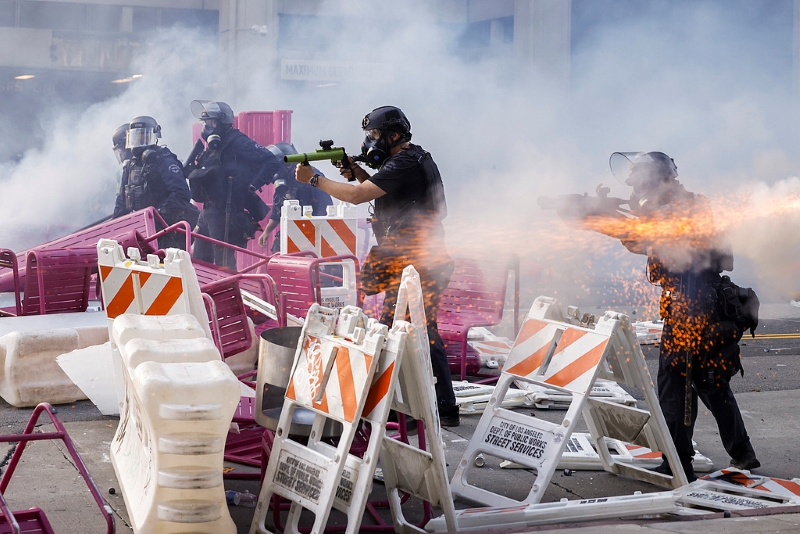
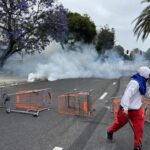
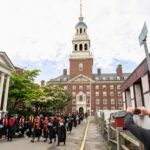


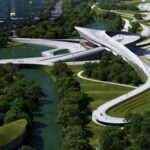
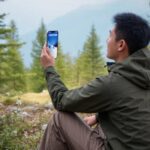
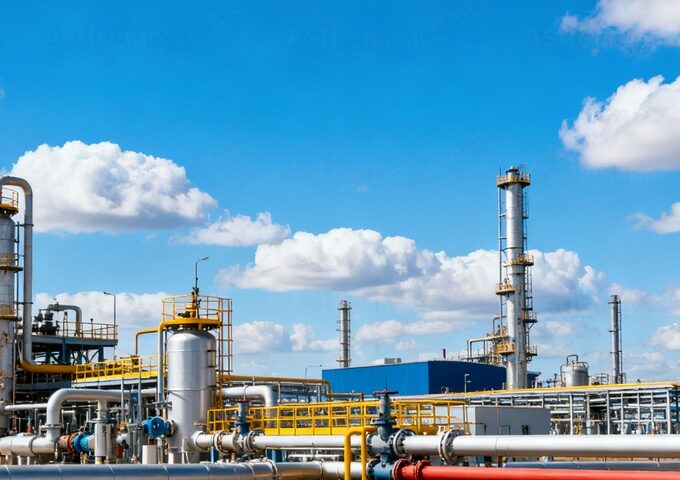

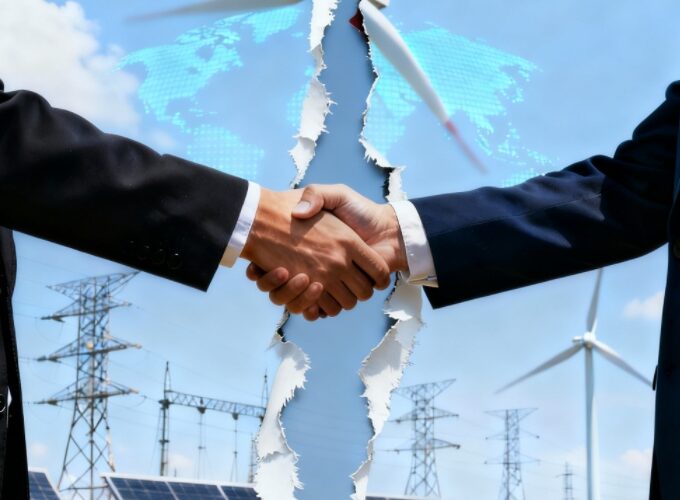
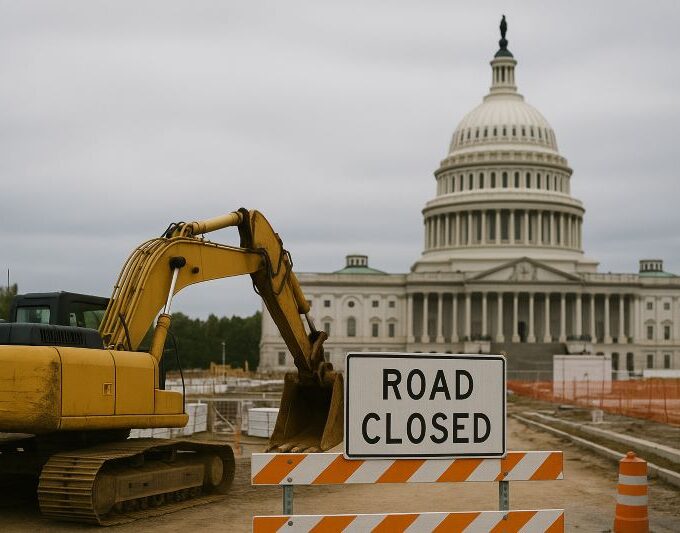
Leave a comment